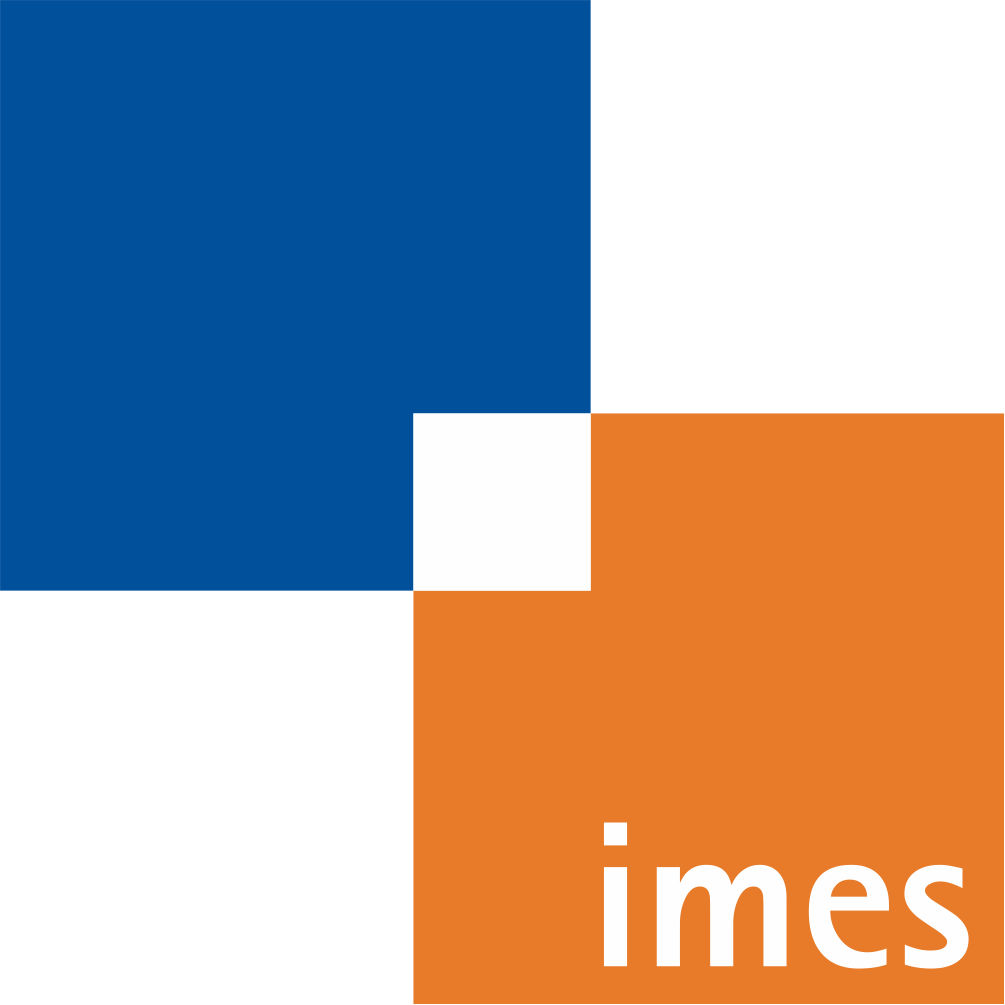Monitoring of grinding wheel defects using recursive estimation
- verfasst von
- Berend Denkena, Tobias Ortmaier, Markus Ahrens, Ruben Fischer
- Abstract
In production engineering, highest surface qualities and low tolerances are produced by grinding processes. Defects of the grinding wheel caused by unbalance, wrong dressing cycles, cavities, or waviness result in vibrations and damage of workpiece or spindle. Therefore, monitoring of the tool is important in practical use. In order to avoid scrap, small faults of the grinding wheel and very small amplitudes of the resulting vibrations are of major interest. This paper presents a new monitoring method, which estimates the defects recursively during the grinding process. Different sensors are analyzed using this method. Among sensors for academic purposes, typical sensors in grinding machines such as the displacement, acceleration, motor current, and acoustic emission are in use for monitoring. Compared to monitoring in the frequency domain and signal feature extraction by filtering, the recursive estimation can reduce noise. In cylindrical plunge grinding, wavy tool defects may result in unequal wear and self-exiting waviness of the wheel over a long period of grinding and start at very low amplitudes. This regenerative chatter is subject of monitoring of highest productivity of grinding processes and is therefore analyzed in this paper as well as the strongly depending selection of dressing cycles initiated by the monitoring algorithm.
- Organisationseinheit(en)
-
Institut für Fertigungstechnik und Werkzeugmaschinen
Institut für Mechatronische Systeme
- Typ
- Artikel
- Journal
- International Journal of Advanced Manufacturing Technology
- Band
- 75
- Seiten
- 1005-1015
- Anzahl der Seiten
- 11
- ISSN
- 0268-3768
- Publikationsdatum
- 09.08.2014
- Publikationsstatus
- Veröffentlicht
- Peer-reviewed
- Ja
- ASJC Scopus Sachgebiete
- Steuerungs- und Systemtechnik, Software, Maschinenbau, Angewandte Informatik, Wirtschaftsingenieurwesen und Fertigungstechnik
- Elektronische Version(en)
-
https://doi.org/10.1007/s00170-014-6170-3 (Zugang:
Geschlossen)
